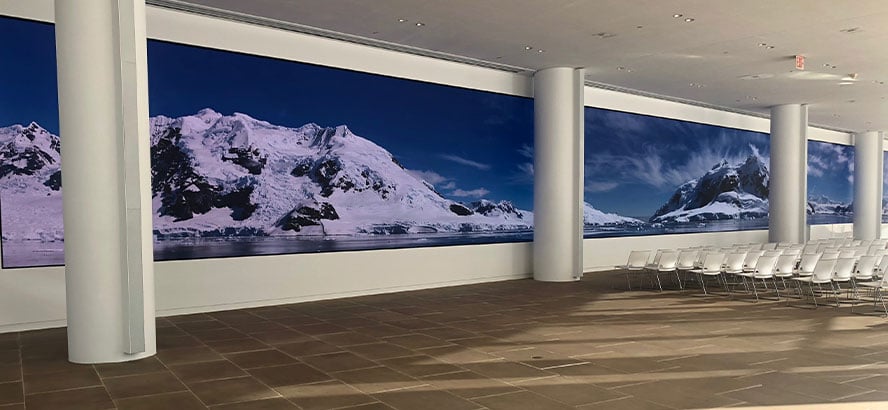
Classic screen technologies, like CRTs, have been present for many years. They were frequently used in televisions and PC screens. However, CRTs have a shorter duration, generally lasting around 10,000 to 20,000 hrs of use. This means that after a couple years, consumers may notice a decline in image quality, such as dimming or hue distortion. In contrast, LED panel screens can last significantly longer, frequently exceeding 50,000 hours. This prolonged lifespan means that consumers can experience reliable performance without the need for regular replacements.
Another important aspect to take into account is power efficiency. LED panel screens consume less energy than conventional displays, which not only visit the website helps the ecosystem but also lowers electricity costs. For example, while a CRT monitor may use approximately 100 W of power, an LED panel can consume as few as 30 to 50 watts. This difference in power usage contributes to the overall longevity of LED technology, as lower energy usage generates less thermal energy. Excess heat can damage electrical parts, resulting to a shorter duration for traditional screens.
In addition to their extended duration and energy efficiency, LED panel screens also offer superior image clarity. They offer brighter colors and better differentiation, making them ideal for various uses, from marketing to learning presentations. The technology behind LED screens enables for a wider viewing angle, meaning that images remain clear and vibrant even when viewed from the side. This is a major benefit over conventional displays, which often experience from hue deformation and reduced luminosity at wider perspectives.
In summary, the longevity of LED wall panels in contrast to conventional display technologies is a crucial factor for buyers to take into account. With durations that can surpass 50,000 hours, energy efficiency, and superior visual clarity, LED innovation offers many benefits. As technology continues to progress, LED panel screens are likely to turn even more prevalent in various environments. Grasping these distinctions can assist individuals and organizations make better choices when investing in screen innovation, guaranteeing they get the optimal worth for their requirements.